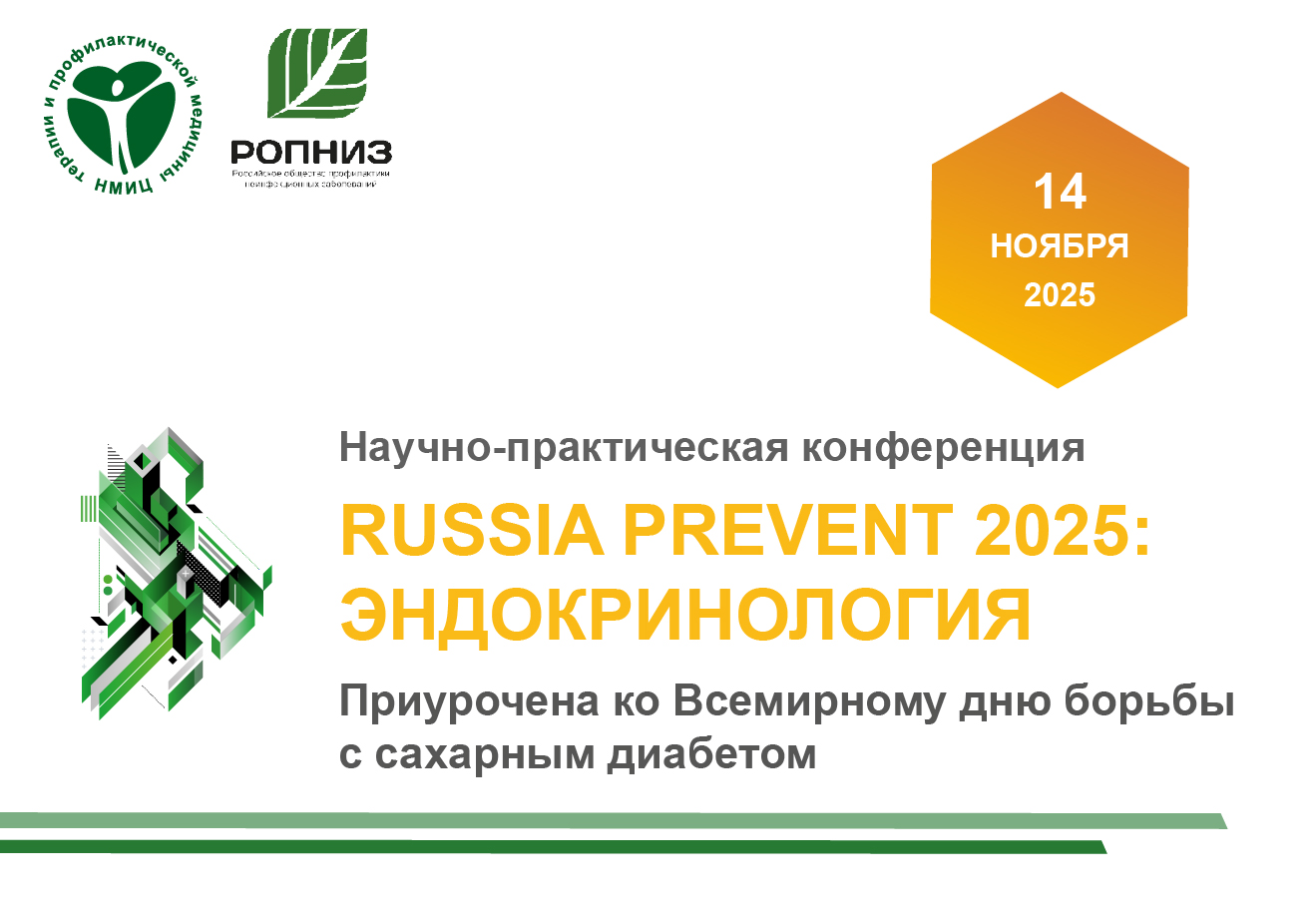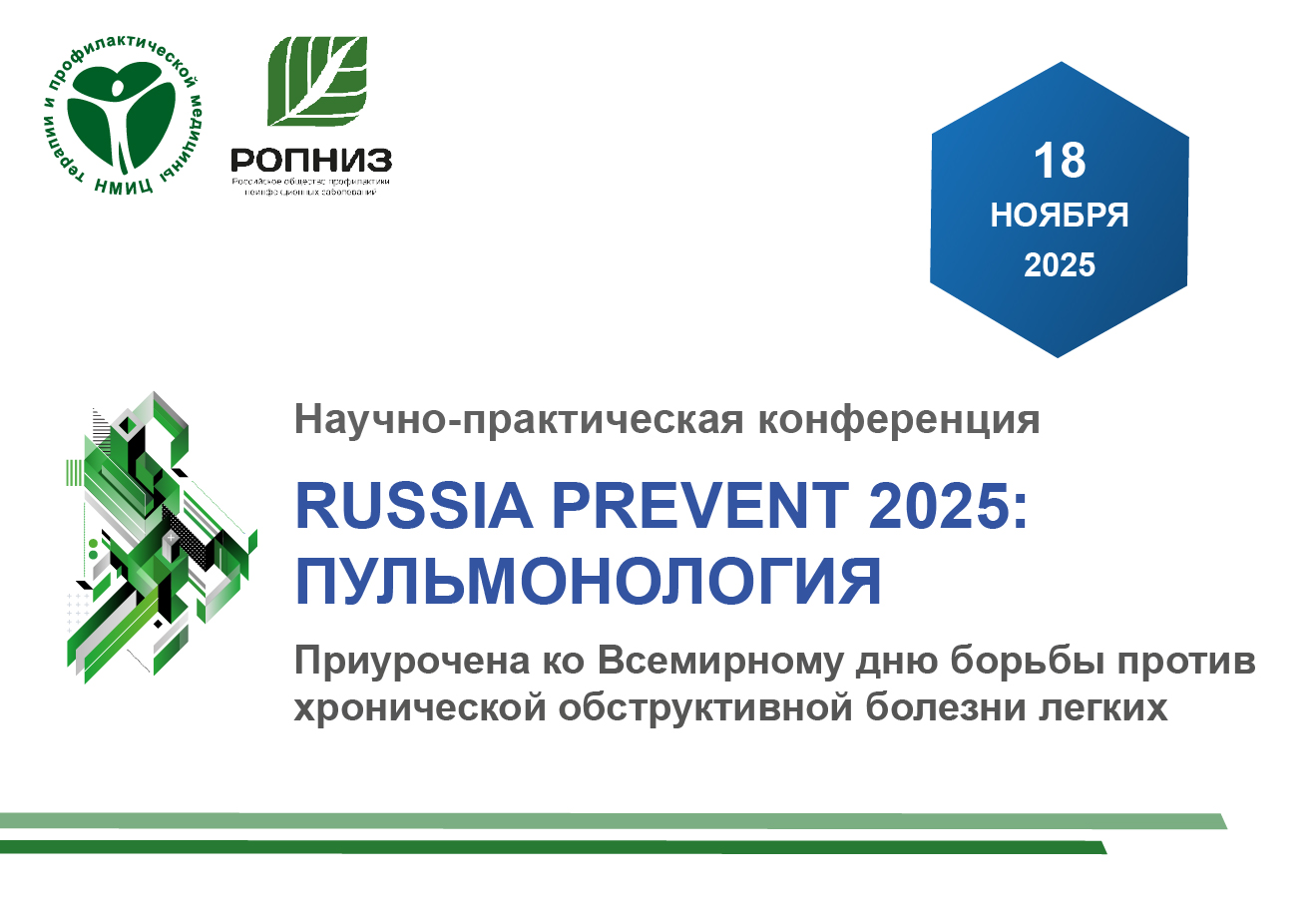Inotropic myocardial function dynamics in patients with recurrent atrial fibrillation
Abstract
Aim. To study inotropic myocardial function of left and right ventriculum (LV, RV) in patients with recurrent atrial fibrillation (AF), according to balanced radionuclide ventriculography (BRVG) data. Material and methods. The study included 72 patients: 30 individuals with coronary heart disease (CHD) and recurrent AF (Group I), as well as 42 CHD patients without cardiac arrhythmias (Group II). Participants’ age varied from 39 to 79 years (mean age 60.3±2.5 years). To assess systolic and diastolic LV and RV function, all participants underwent BRVG. Results. LV and RV ejection fraction was normal in all subjects. LV peak filling velocity was significantly reduced in patients with recurrent AF, comparing to arrhythmia-free individuals (p<0.05). LV end-diastolic volume in Group I was substantially lower than in Group II (p<0.05). At echocardiography, left and right atrium sizes were increased in patients with recurrent AF. Conclusion. Heart remodeling in patients with recurrent AF manifested by diastolic LV and RV dysfunction, combined with atrium size increase.
About the Authors
N. E. GaidamakinaRussian Federation
L. M. Kunnova
Russian Federation
A. I. Tarzimanova
Russian Federation
A. V. Vetluzhsky
Russian Federation
I. G. Fomina
Russian Federation
References
1. Аржакова Г.С., Фомина И.Г., Ветлужский А.В. Современные принципы лечения мерцательной аритмии с позиции классификации «Сицилианский гамбит». Кардиоваск тер профил 2002; 1(1): 68-75.
2. Кушаковский М.С. Фибрилляция предсердий. Санкт-Петербург. ИКФ «Фолиант» 1999; 176 с.
3. Мазур Н.А. Фибрилляция предсердий. Клин фармакол тер 2003; 12(3): 1-4.
4. Фомина И.Г., Ветлужский А.В. Существует ли оптимальная стратегия лечения рецидивирующей мерцательной аритмии. Кардиоваск тер профил 2003; 3: 78-90.
5. Хамицаева Е.О., Джанашия П.Х., Богданова Е.А. Прием внутрь нагрузочных доз антиаритмических препаратов для восстановления синусового ритма при мерцании предсердий. РКЖ 2003; 3(41): 65-8.
6. Ausma J, Wijiffels M, Thone F. Structal changes of atrial myocardium due to sustained atrial fibrillation in goat. Circulation 1997; 96: 3157-63.
7. Brookes CI, White PA, Staples PA et al. Myocardial contractility is not constant during spontaneous atrial fibrillation in patiens. Circulation 1998; 98: 1762-8.
8. Fuster V, Ryden LE, Asinger RW. ACC/AHA/ESC guidelines for the management of patients with atrial fibrillation: a report of the American College of Cardiology/American Heart Association Task Force on Practice Guidelines and the European Society of Cardiology Committee for Practice Guidelines and Policy Conferences (Committee to Develop Guidelines for the Management of Patients With Atrial Fibrillation). Eur Heart J 2001; 22: 1852-923.
9. Go AS, Hylek EM, Phillips KA, et al. Prevalence of Diagnosed Atrial Fibrillation in Adults. National Implications for Rhythm management and Stroke Prevention: the AnTicoagulation and Risk Factors In Atrial Fibrillation (ATRIA) Study. JAMA 2001; 285: 2370-5.
10. Grogan M, Smith HC, Gersh BJ Left ventricular dysfunction due to atrial fibrillation in patiens initially believed to have idiopathic dilated cardiomyopathy. Am J Cardiol 1992; 69: 1570-3.
11. Gronefeld GC, Hohnloser SH. Heart failure complicated by atrial fibrillation: mechanistic, prognostic, and therapeutic implications. J Cardiovasc Pharmacol Ther 2003; 8(2): 107-13.
12. Keiny JR, Sacrez A, Facello A. Increase in radionuclide left ventricular ejection fraction after cardioversion of chronic atrial fibrillation in idiopathic dilated cardiomyopathy. Eur Heart J 1992; 13: 1290-5.
13. Manning WJ, Silverman DI, Kats SE. Impaired left atrial mechanical function after cardioversion: relation to the duraition of atrial fibrillation. JACC 1994; 23: 1535-40.
14. Mitusch R, Garber M, Schmucker G. Relation of left atrial appendage function to the duration and reversibility of not valvular atrial fibrillation. Am J Cardiol 1995; 75: 994-7.
15. Morillo CA, Klein GJ, Jones DL. Chronic rapid atrial pacing: structural, functional and electrophysiological characteristics of a new model of sustained atrial fibrillation. Circulation 1995; 91: 1588-95.
16. Nagahama Y, Schick EC, Gaasch WH. Interval-dependent potentiation of left ventricular contractility is preserved in patients with atrial fibrillation and depressed ejection fraction. Am J Cardiol 2001; 87(3): 342-6.
17. Packer DL, Bardy GH, Worley SJ. Thachycardia-induced cardiomyopathy: a reversible form of left ventricular dysfunction. Am J Cardiol 1986; 57: 563-70.
18. Saksena S, Domanski MJ, Benjamin EJ, et al. Report of the NASPE/NHLBI Round Table on Future Research Directions in Atrial Fibrillation. PACE 2001; 24: 1435-51.
19. Sanders P, Morton JB, Davidson NC. Electrical Remodeling of the Atria in Congestive Heart Failure: Electrophysiological and Electroanatomic Mapping in Humans. Circulation 2003; 108(12): 1461-8.
20. Shibane JS, Wood MA, Jensen DN. Thachycardia-induced cardiomyopathy: a review of animal models and clinical studies. JACC 1997; 29: 709-15.
21. Takagaki M, McCarthy PM, Chung M. Preload-adjusted maximal power: a novel index of left ventricular contractility in atrial fibrillation. Heart 2002; 88(2): 170-6.
Review
For citations:
Gaidamakina N.E., Kunnova L.M., Tarzimanova A.I., Vetluzhsky A.V., Fomina I.G. Inotropic myocardial function dynamics in patients with recurrent atrial fibrillation. Cardiovascular Therapy and Prevention. 2006;5(3):55-60. (In Russ.)
























































